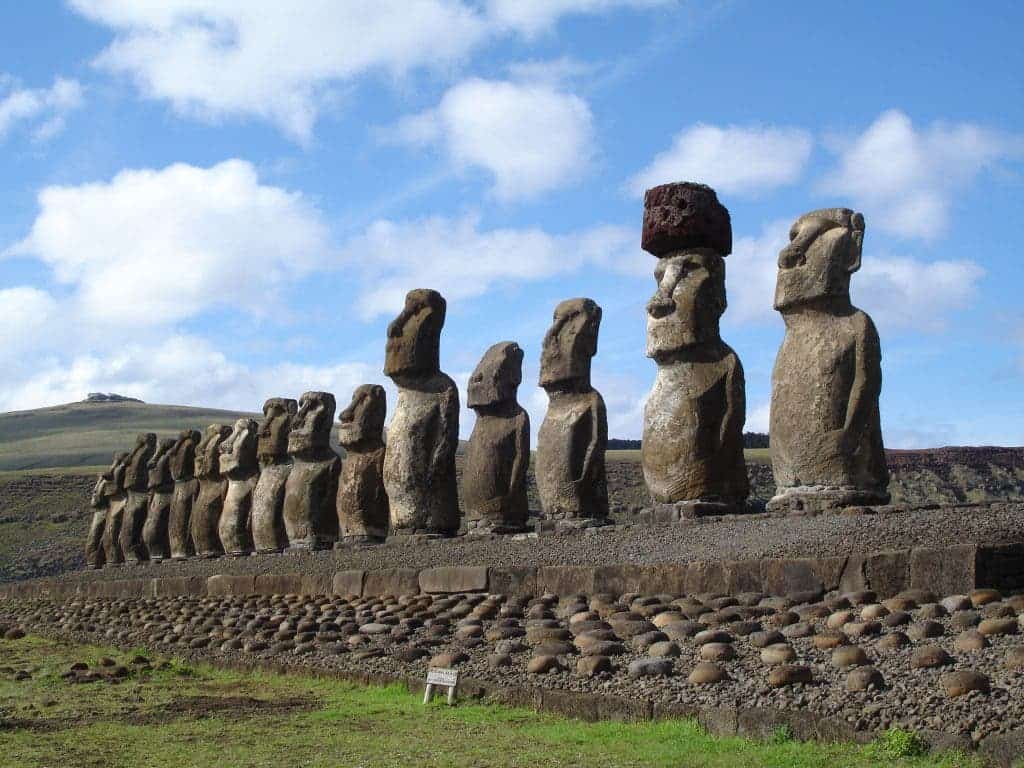The Easter Island is one of the biggest mysteries in human history. How people got there and where they came from, how they built the huge moai statues and why, and what brought their demise are still unsolved questions. But at leas for the latter, we may be getting a bit closer to the truth. The previously accepted theory was that inter-tribe warfare brought their demise, but according to a new study, that was never the case.

Easter Island is located in the middle of nowhere. The closest inhabited island is Pitcairn Island, 2,075 kilometres (1,289 mi) away. Somehow, people coming from thousands of kilometers away settled on Easter Island and developed an idyllic society. But for many years, archaeologists have argued that the island was plagued by internal wars, an argument backed by the thousands of obsidian, triangular objects found on the surface, thought to be arrow heads. They are called mata’a.
But Carl Lipo, professor of anthropology at Binghamton University believes this is simply not true. He studied the shape, size and deformation patterns of 400-plus mata’a and found it unlikely that they were used for combat.
“We found that when you look at the shape of these things, they just don’t look like weapons at all,” said Lipo. “When you can compare them to European weapons or weapons found anywhere around the world when there are actually objects used for warfare, they’re very systematic in their shape. They have to do their job really well. Not doing well is risking death.”
“You can always use something as a spear. Anything that you have can be a weapon. But under the conditions of warfare, weapons are going to have performance characteristics. And they’re going to be very carefully fashioned for that purpose because it matters…You would cut somebody {with a mata’a], but they certainly wouldn’t be lethal in any way.”
He believes that this theory was never really challenged with evidence and people just went with it, but Easter Island lived in peace until European settlements came in, bringing destruction and collecting slaves.
“What people traditionally think about the island is being this island of catastrophe and collapse just isn’t true in a pre-historic sense. Populations were successful and lived sustainably on the island up until European contact,” said Lipo.
Instead, he believes that mata’a were used as domestic instruments, either for agriculture or in tattoo rituals, something very common on the island.
“We’ve been trying to focus on individual bits of evidence that support the collapse narrative to demonstrate that really there’s no support whatsoever for that story,” he said. “Sort of a pillar of the broader study is the fact that this is an amazing society that really was successful. It just doesn’t look like success to us because we see fields that are rock, we think catastrophe, and in fact it’s actually productivity.”


